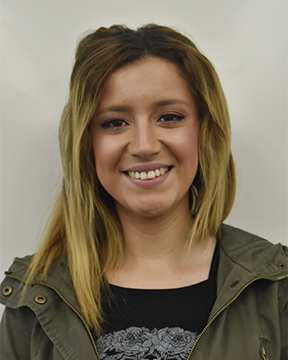“The sunflower,” that is what some students called the NASA-CA Space Grant Consortium program according to Otto Schmitt, astrophysics major.
“The biggest thing I learned in the program was how to work with a team,” he said. “[Students] with different traits, majors and backgrounds pitching ideas to each other and all agreeing one one idea.”
Cerritos College, who also participated in the program last year, is just one of 10 schools selected to be a part of The Consortium Program and the school itself picks just 10 students to participate.
Stated in an email by Janet Mclarty-Schroeder, “There are no prerequisites, minimum grade point average or specific classes to take to apply for the program.”
Applicants will be go through an interview process in which they will be asked a series of questions regarding their interest in the program, experience in coding and what they hope to gain if chosen to participate.
The program, which extends through spring and summer, will teach the students circuits and coding using a system called Arduino.
“I learned a lot of coding,” Schmitt said.
“I never knew anything about coding, or how to use an Arduino Uno program.”
According to the Cerritos College website, the Arduino is a microcomputer system used to help program and collect data for the to build their experiments.
The press release also stated, “Students will also participate in webinars with NASA researchers. In August, students will create a poster of their research and will present at a NASA facility, where they will meet NASA researchers and connect with them and take a tour. The Consortium will also provide funding for Arduino education kits, faculty mentor award, and student scholarships.”
Schmitt’s group research project was a solar tracker which can be seen on display in the Physical, Science and Technology building.
The goal of the project was to focus sunlight on to solar panels in areas where they would not be able to function at full capacity.
The reason for choosing this particular topic was because of the push in need for renewable energy sources particularly in solar exploration.
The ultimate goal of the program is to increase graduation rates and enrollments in Science, technology, engineering and mathematics discipline majors.
Schmitt attributes his major decision to the experiences and knowledge he gained through the program.
“Before the program I was a geography major,” he said, “In time I changed it to astrophysics.”









